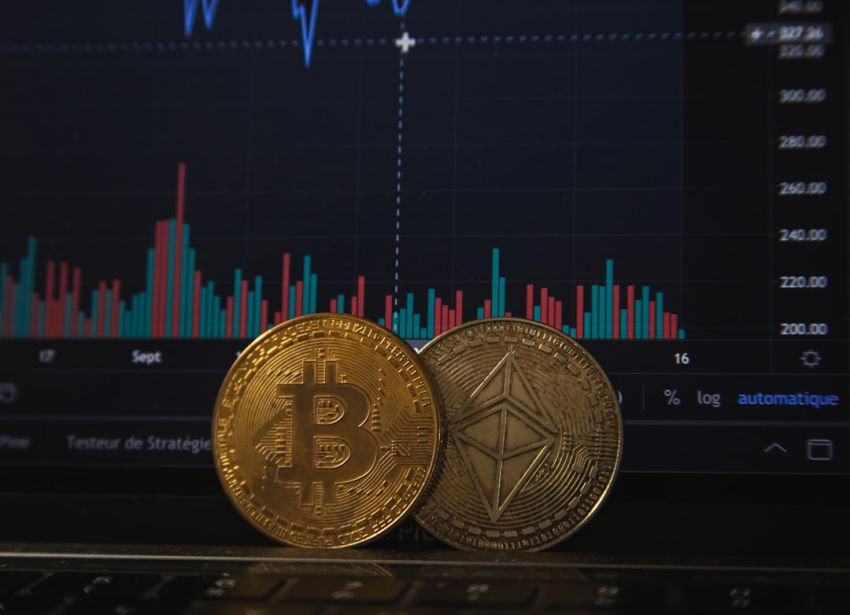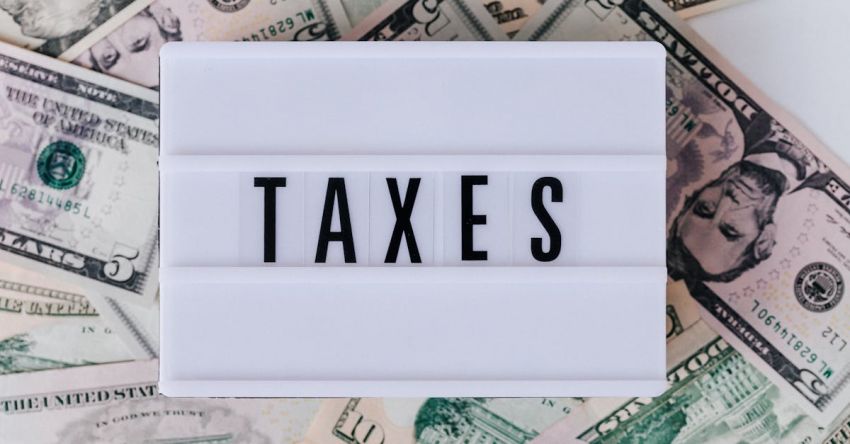Interest rates play a crucial role in the world of bond investing, directly impacting bond prices. Understanding the relationship between interest rates and bond prices is essential for investors looking to navigate the bond market effectively. Let’s delve into how interest rates influence bond prices.
Bond Prices and Interest Rates: An Inverse Relationship
When it comes to bond prices, there exists an inverse relationship with interest rates. This means that as interest rates rise, bond prices tend to fall, and conversely, when interest rates decline, bond prices typically rise. The reason behind this inverse relationship lies in the fundamental concept of bond yields.
Bond Yields and Bond Prices
Bond prices and bond yields move in opposite directions. Bond yields represent the return an investor can expect to earn from a bond. When interest rates rise, newly issued bonds come with higher yields to attract investors. As a result, existing bonds with lower yields become less attractive in comparison, causing their prices to decrease to align with the new market conditions.
Conversely, when interest rates fall, newly issued bonds offer lower yields, making existing bonds with higher yields more appealing. This increased demand for higher-yielding bonds leads to a rise in their prices to reflect the current market environment.
Maturity and Sensitivity to Interest Rates
The relationship between interest rates and bond prices is also influenced by the maturity of the bond. Generally, longer-term bonds are more sensitive to changes in interest rates than shorter-term bonds. This sensitivity is due to the increased time over which investors are exposed to fluctuations in interest rates.
Long-term bonds carry a higher risk of interest rate changes impacting their present value, making them more volatile in response to shifts in interest rates. On the other hand, short-term bonds have less exposure to interest rate fluctuations, resulting in lower price volatility compared to their long-term counterparts.
Coupon Rates and Bond Prices
In addition to maturity, the coupon rate of a bond plays a role in determining how sensitive its price is to changes in interest rates. The coupon rate represents the annual interest payment a bond issuer promises to pay to the bondholder. Bonds with higher coupon rates are less affected by interest rate fluctuations compared to bonds with lower coupon rates.
When interest rates rise, existing bonds with higher coupon rates become more attractive as they offer a higher yield relative to newly issued bonds. This increased demand helps support the prices of bonds with higher coupon rates, mitigating the impact of rising interest rates on their value.
Market Expectations and Bond Prices
Market expectations regarding future interest rate movements also influence bond prices. If investors anticipate that interest rates will rise in the future, they may demand higher yields on bonds, leading to lower bond prices in the present to compensate for the expected increase in rates. Conversely, if market expectations point towards declining interest rates, bond prices may rise as investors seek to lock in higher yields before rates potentially fall.
Navigating the Impact of Interest Rates on Bond Prices
Understanding the dynamics of how interest rates affect bond prices is crucial for investors looking to make informed decisions in the bond market. By considering factors such as bond maturity, coupon rates, and market expectations, investors can better navigate the impact of interest rate fluctuations on their bond investments.
In conclusion, the relationship between interest rates and bond prices is a critical aspect of bond investing that investors should carefully consider. By recognizing the inverse relationship between interest rates and bond prices, understanding the influence of factors such as bond maturity and coupon rates, and staying attuned to market expectations, investors can position themselves to make strategic decisions in response to changing interest rate environments.










